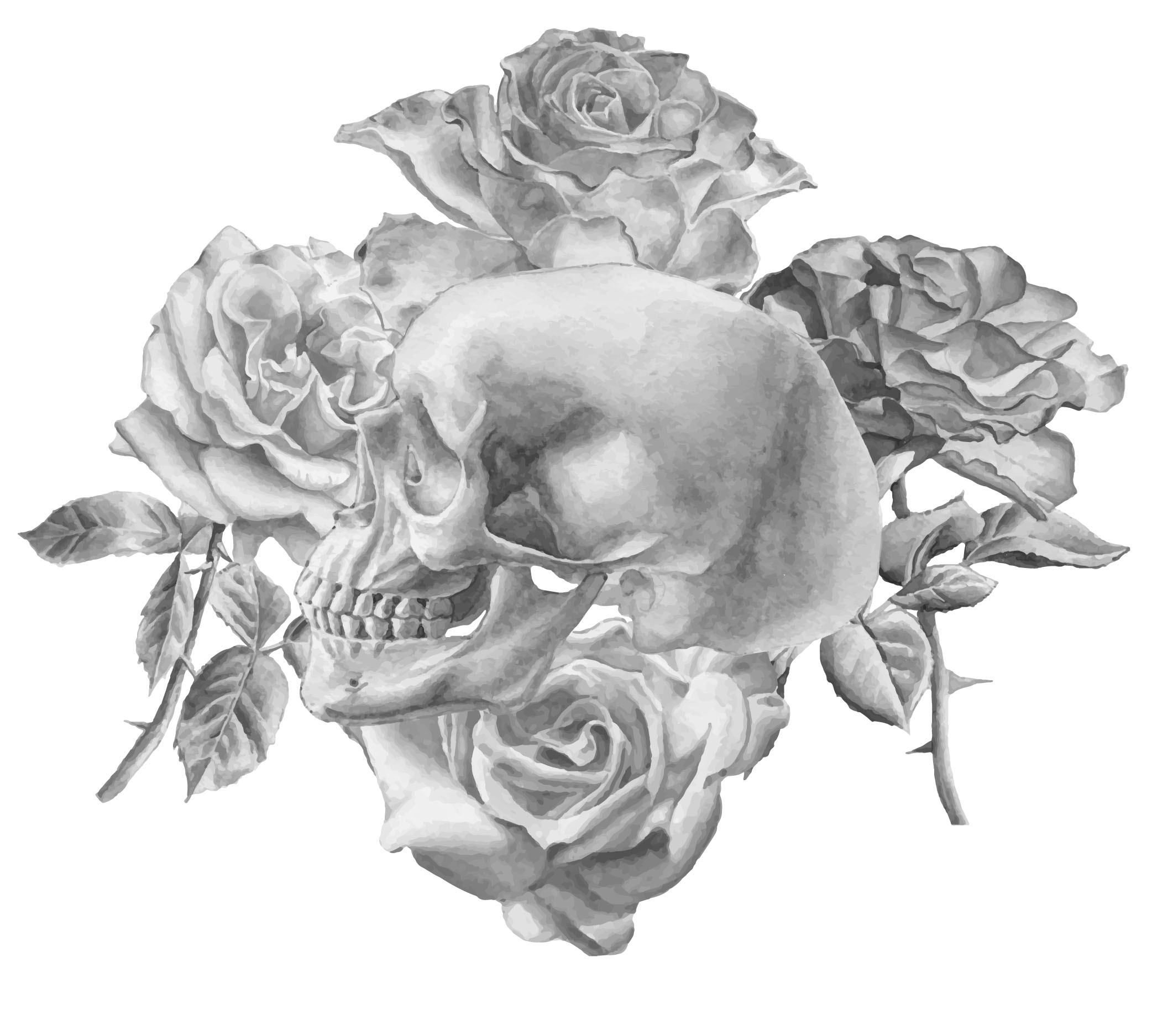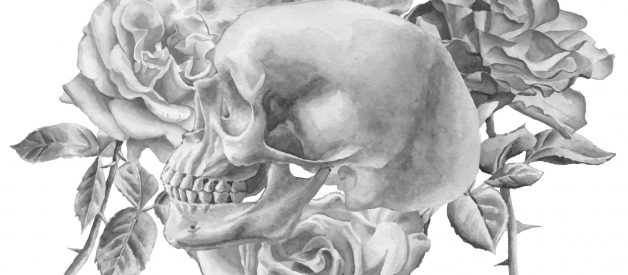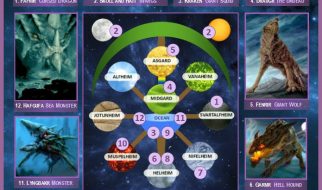 Hoodoo ? Voodoo: Rootwork, Conjure and Folk Magic
Hoodoo ? Voodoo: Rootwork, Conjure and Folk Magic
There is a major difference that lies between what Hoodoo defines, and what Voodoo defines. Voodoo is the religion, or belief system, of many African Americans living in the Mississippi Valley. Hoodoo, on the other hand, is the magic that has derived from the teachings of Voodoo, which was originally a part of Voodoo. Hoodoo is the craft; the practice, where Voodoo is the mindset and monarchy. Since the nineteenth century, these forms have coalesced into one overarching form, but the differentiation is still important enough to absorb.
New Orleans Voodoo is a cultural strand of the Afro-American religions rooted in West African Dahomeyan Vodun. Voodoo is a result of this African diaspora. Most especially as a result of the slave trade, West African Dahomeyan Vodun was fused with Catholicism and Francophone beliefs in the South. Voodoo especially developed along the Mississippi in the south, mostly in the larger towns of Louisiana and Mississippi, and of course with its largest influence falling in the town of New Orleans. An amalgamation of French, Creole and Spanish influence, this melting pot of religion fusions is what brought us Voodoo Dolls, Gris-gris, Mojo bags, and so on.
Voodoo?s belief system centers around one detached God who stays at a distance, and does not interfere in a person?s life unless called. The spirits are the ones who truly help us with what we need on a daily basis. These spiritual forces, however, can be either helpful or manipulative, which is why we protect and guard ourselves against such open vulnerability until we know it is safe. We do so using crystals, powdered charms and spells, elixirs, dolls, and what have you. We connect with the spirits around us through song and dance, writing, candle spells, symbolism, and connecting with our own spiritual self. The use of snakes as symbols and loa (spirit forms) is like a current that runs through Voodoo; the snakes symbolize how knowledge and a connection to the spiritual self can heal. How insight and enlightenment can lift our spirits away from the dredges of what pain and misery have to offer. Those who practice Voodoo today hope to influence the greater good, and the greater outcome, through an ever-deepening connection with mama nature, the spirits that constantly surround us, and our ancestors? aid. As a sign of respect to the spirits, we choose to conduct our rituals in private. We show our commitment and integrity when we arrive without ego.
Ego only stands to distract us from pure happiness. When we allow our ego to take over, we lose sight of what we really care about. We get too caught up in the ?more? of what we want and lose our focus. It is always best to maintain tabs on the ego, so as not to allow it to muck up our waters of purity. When the ego is in play, we find ourselves always wanting more than what we have. We find ourselves chronically dissatisfied with what we already possess, and we forget to find happiness in what is already in front of us, loving and urging us onward in our journey. Sometimes, close beloved ones with a strong ego can mess up our journey just as much as we could, when we let them in too deep. It is always important to not only maintain healthy boundaries with your own ego, but with those in your life who let the ego run their lives. Like a Tasmanian devil, the ego will rip apart what you?ve built, so build up your protections and defenses before you ever let it loose in your life.
Voodoo Constructs ? Healing
Voodoo views items as energetic carriers. In that, practitioners feel that fingernails, teeth, hair, and any objects owned by a person represent an aspect of them, eternally. This is why we cleanse the items, spaces, and whatever we come into contact with from a person. The spellwork of Voodoo is formulated through a particular structure and five basic intentions. These include curing and cleansing, protection from negative forces, luck and fortune, divination and insight, and punishment. Then, from there, we discern our items for spells through sympathetic symbolism. When we wish to banish, we use a chopped (in half) apple and bay leaf covering it, to block and cut off growth. We could, also, use a banana for its slippery nature, urging the individual to slip-slide on outta here!
To focus on one aspect of the five intentions, when we use magick to heal the afflicted, we do so in a few steps. First, we diagnose or discern what the issue is. We use particular items geared towards helping us in this state. We might try divination to unearth whether a troubled individual is cursed or spiritually unrested. We will try to configure who cast the curse, or what the exact root of the problem is. Then, we attempt a cure. The conjurer, or practitioner of Voodoo Hoodoo, would locate and remove the main source of the problem, and destroy or combat whatever it was. Finally, we cleanse. We want to make sure that we cleanse ourselves of any negative residue, and inhibit recurrence of the issue. Thus, we may choose to pursue more aid.
Voodoo is often thought of and referred to, in the western world, as a form of folk psychiatry, for how it addresses and helps those who believe in it. While its merit has been disputed left, right, and center, it really brings results to those who practice. Plus, it provides a living for many. Healing practitioners in the realm of Voodoo do cover a lot of ground. There are the rootworkers who sell herbal remedies, which can treat a wide array of physical and emotional disorders. Rootworkers are herbalists, basically, and are trained in the way of plant life and its medicinal uses. Then, there are faith healers, who connect with the energetic forces of the universe, as well as spirits and ancestors, to gain applicable wisdoms and help others find solace through resurrection and emotional recognition. Finally, voodoo vendors exist for tricks, charms, spells, and the profit of goods. They are the ones crafting mojo bags, voodoo dolls, gris-gris, charms, and the like, with the intention of selling to the greater public.
Hoodoo
The main intention of hoodoo differs somewhat from voodoo. While voodoo?s main goal is to heal its practitioners and all who seek its wonder, hoodoo is more a form of folk magic, in how its main goal is to improve practitioners? daily lives through ritual and connection with supernatural forces. Hoodoo operates independently of gods or any trappings of religious operation. Conjuring spirits and ancestors is prevalent in hoodoo, however, as is connecting with them for personal gain. This manipulation is not to be taken lightly, by any means and is meant to respect the laws of nature as well as all laws of the natural universe.
Practitioners of hoodoo use minerals, plant life, herbs, animal body parts (or curios), bodily fluids, and objects of meaning in their spells. The term hoodoo can be used as a noun to refer to its magical system, as an adjective to describe one who uses the craft or an item they use in the craft ? i.e., a ?hoodoo woman?; a ?hoodoo spell? ? or as a verb to describe the act of using or conjuring hoodoo.
Voodoo and Hoodoo Today
Voodoo hoodoo is an individualist practice, meaning that you can make of it what you desire. Today it is a melting pot of spiritual significance, wrought with nontraditional means, and merged with wicca and new age mindsets, which has, in turn, forged new bonds between blacks and whites who find solace in its grace, regardless of cultural origin. The form has evolved in magical ways from its original roots. Now, Instagram is wrought with those preaching of its goodness, or showcasing its worth, as a spiritual form. I even know of a few young poets who solely write in the voodoo hoodoo vein. Artists, scholars, and people of all walks of life find solace and sovereignty in hoodoo and voodoo today and make it fit into their lives, and work for them.
By Mariesa Faer, author of Hoodoo ? Voodoo: Rootwork, Conjure and Folk Magic


